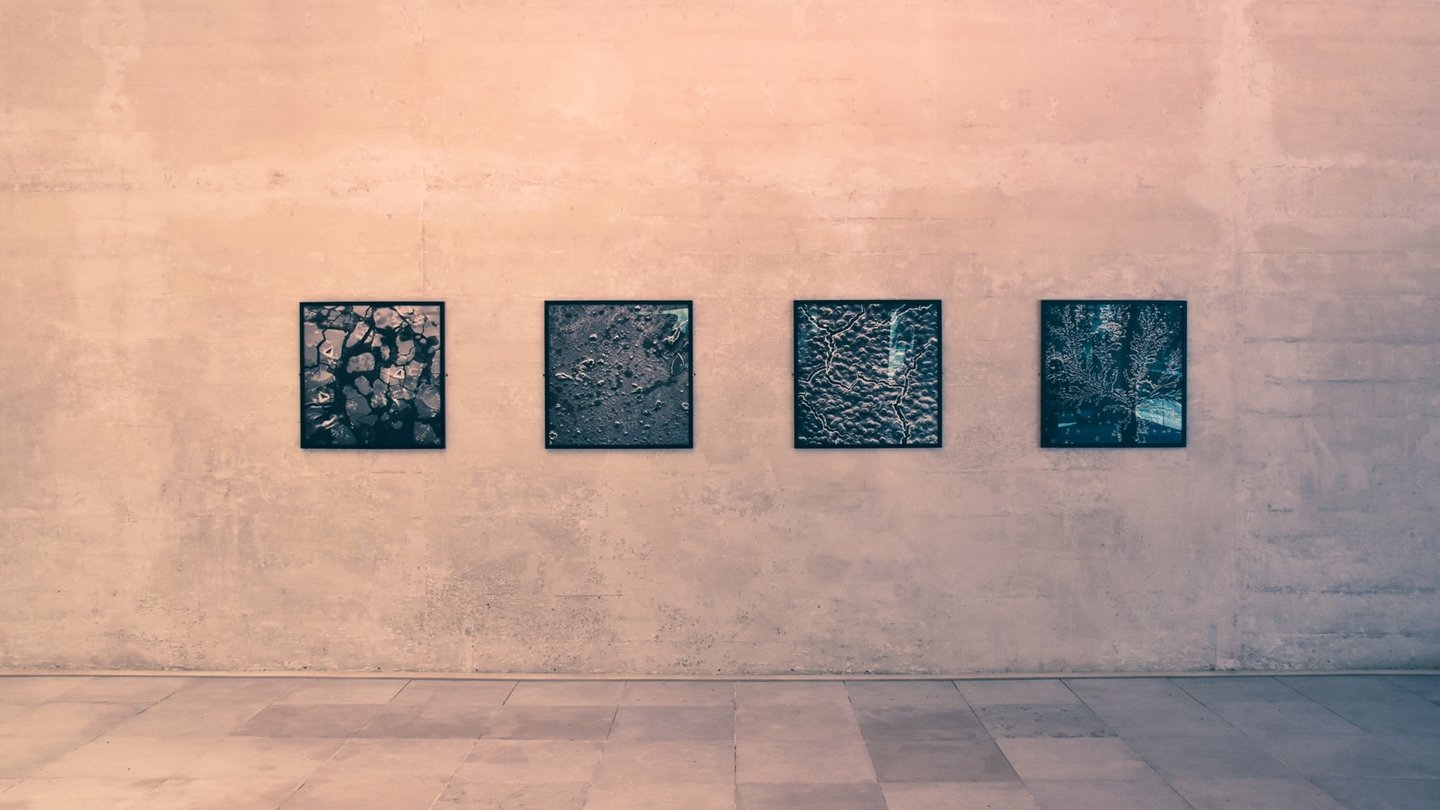
Is art a good investment?
Even beginner investors know that you must diversify your portfolio. One good way to do it is to purchase art instead of or in addition to shares.
Investing in art is becoming increasingly popular because in addition to increasing in value, artworks adorn your home and offer emotional pleasure. You cannot hang shares on your living room wall, but beautiful paintings can also be enjoyed by your guests.
If you have not been very interested in art in your life so far, it is natural to have all sorts of fears. “I don’t know anything about art. Investing in art is something the rich do. Surely I’m going to get scammed!” are all very common thoughts to have. However, you can quickly dispel these doubts and fears by gathering knowledge about the field. This is not something overly complicated.
Is it worth it?
The answer is very likely “yes”. Moneycrashers.com refers to a recent study, according to which the price of art has increased by 1000% on average in the last 40 years. This means that art investments produce a very good return. Consequently, in addition to large and small private investors creating personal collections, there are now funds dealing in art investments.
Investing in art is most suitable for long-term investors who look at least ten years ahead. In addition to paintings and sculpture, today it is certainly worth investing in photos, drawings, multimedia projects and even videos.
Original works are naturally more expensive than copies, but the latter can also be worth something. This again depends on the artwork.
Whose works are worth buying?
That is a million dollar question and those who know the correct answer can increase their investments several dozen times.
Maecenas, a web platform focused on art investments, uses the work of American artist Jean-Michel Basquiat (1960–1988) as an example. Basquiat, who was of Caribbean heritage and also called the Black Picasso, died at 28 due to a drug overdose. He mixed different techniques in his work and initially became famous as a graffiti artist. In 1992, his work Jim Crow (1986) was sold at Christie’s London for 136,367 dollars. In 2017, the same artwork was auctioned off at Christie’s Paris for 17.7 million dollars.
You can also earn by paying a much lower price. For instance, Still Life with Pears and Grapes on Blue Cloth, a painting by German artist Helene Funke (1869–1957), was sold at Christie’s London for only 680 dollars in 1995. In November 2017, the new owner of the painting paid 38,160 dollars for it at Dorotheum auction house in Vienna. The yield was not as good as that of a Basquiat, but the works in this price class are available to a greater number of people interested in investing.
Pricier works produce greater return
According to analysts who have monitored the art market for years, there is a general rule that an artwork purchased for a greater price yield a greater return, but only up to the price class of one million dollars. Above that, the return becomes more modest again.
Calculations made on the basis of artworks sold in 2017 reveal that the average annual return was
- 5.5% in the 10,000–50,000 dollar price class (11.3 years between transactions on average);
- 7.1% in the 50,000–200,000 dollar price class (10.1 years between transactions on average); and
- 8.3% in the 200,000–1,000,000 dollar price class ( 9.4 years between transactions on average).
In the case of artworks worth more than a million dollars, the annual yield fell to 6.6% (8.6 years between transactions on average).
Tips for getting started
It is now clear that investing in art pays off. But how can you begin?
According to art investment platform Maecenas, art should be treated as other investments. Therefore, you should start by studying the market, analysing price movements and learning
- how the market works and what the main factors influencing it are. You should also learn
- where the most important auction venues are located and how to bid.
Perhaps you should not start by looking at world-famous auction houses and explore the art of local artists instead.
It is always useful to have personal contacts. If you are seriously interested in this field, it is worth going to exhibitions and museums and meeting curators, other art investors, art experts and the artists themselves. This way you can obtain new knowledge while raising social capital in the field.
You should also be cautious when investing in art and mitigate risks. Do not bet on only one artist. The good thing about art is that unlike shares, it is a safe haven like gold: in the event of an economic crisis, artworks maintain their value better than financial assets.
